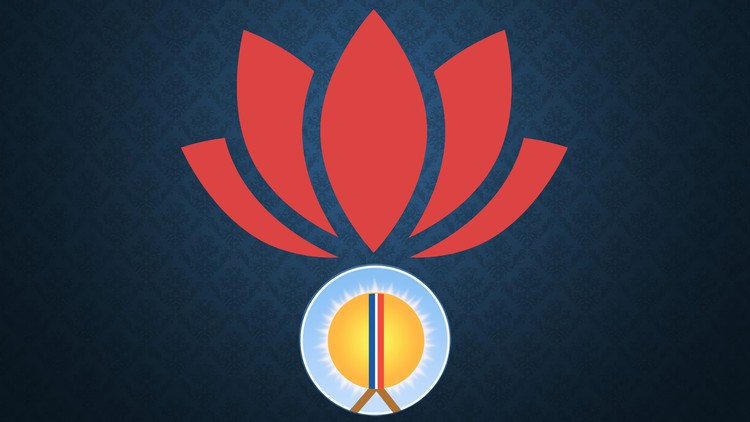
Precise commentary on Yoga Sutras of Patanjali
What you will learn
The purpose of yoga (to quiet the fluctuations of the mind and realize your true Self).
The nature of the mind and how it creates obstacles to inner peace.
The Eight Limbs of Yoga (Ashtanga Yoga): This framework provides a step-by-step approach to self-realization:
Understanding the Roots of Yoga: The Yoga Sutras offer a lens to understand the “why” behind the various practices of yoga, going far beyond physical benefits.
Description
Yoga is the extraordinary spiritual science. Yoga goes back to 5000+ years ago in the history. Yoga Sutras are collection of 196 Sutras (aphorisms) authored by Sage Patanjali.
Some scholars believe Sage Patanjali was born about 4000 B.C., and some believe 400 B.C. The exact date is unknown. Yoga Sutras are most suited for deep and systematic study of Yoga. Yoga Sutras provide convincing answers to the unending miseries of life and show the definite path to a predictable future.
Curious and intelligent aspirants of Yoga will find this course answering all their queries about what Self-realization is and how to methodically achieve it.
What You Will Learn
- The Core Philosophy of Yoga: The Yoga Sutras outline the philosophy behind yogic practices. This includes:
- The purpose of yoga (to quiet the fluctuations of the mind and realize your true Self).
- The nature of the mind and how it creates obstacles to inner peace.
- Understanding the root causes of suffering.
- The Eight Limbs of Yoga (Ashtanga Yoga): This framework provides a step-by-step approach to self-realization:
- Yamas: Ethical guidelines for behavior towards others (non-violence, truthfulness, non-stealing, moderation, non-attachment).
- Niyamas: Internal disciplines and observances (cleanliness, contentment, self-study, austerity, surrender to a higher principle).
- Asana: Physical postures.
- Pranayama: Breath control techniques.
- Pratyahara: Sense withdrawal.
- Dharana: Concentration
- Dhyana: Meditation
- Samadhi: State of enlightenment or union with the Divine.
Practical Application:
- This course includes discussions on how to apply Yoga Sutra teachings to modern daily life for mental clarity, emotional well-being, and spiritual growth.
Why This Knowledge is Valuable
- Understanding the Roots of Yoga: The Yoga Sutras offer a lens to understand the “why” behind the various practices of yoga, going far beyond physical benefits.
- Cultivating Self-Awareness: Exploring the Yoga Sutras helps you identify patterns of behavior and understand the workings of your own mind. This is crucial for developing inner peace.
- Enhanced Yogic Practice: A solid grounding in the Yoga Sutras will give you fresh perspective on yoga asana, meditation, and other practices, making them more meaningful.
- Living a More Purposeful Life: The wisdom of the Yoga Sutras provides a guide for ethical living, self-reflection, and spiritual growth, all promoting a more fulfilling life.
Who is this course for:
- Anyone interested in deepening their understanding of yoga beyond the physical practice, exploring its philosophy, and applying ancient wisdom to modern life.
- Yoga practitioners of all levels who want to gain a foundational understanding of the Yoga Sutras, enrich their practice, and find greater mental clarity and emotional well-being.
Content